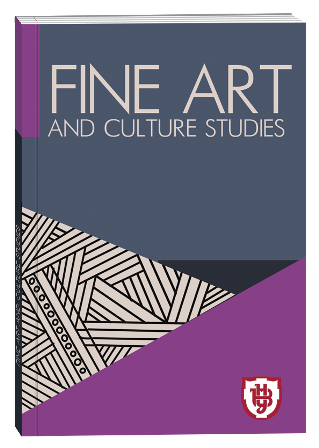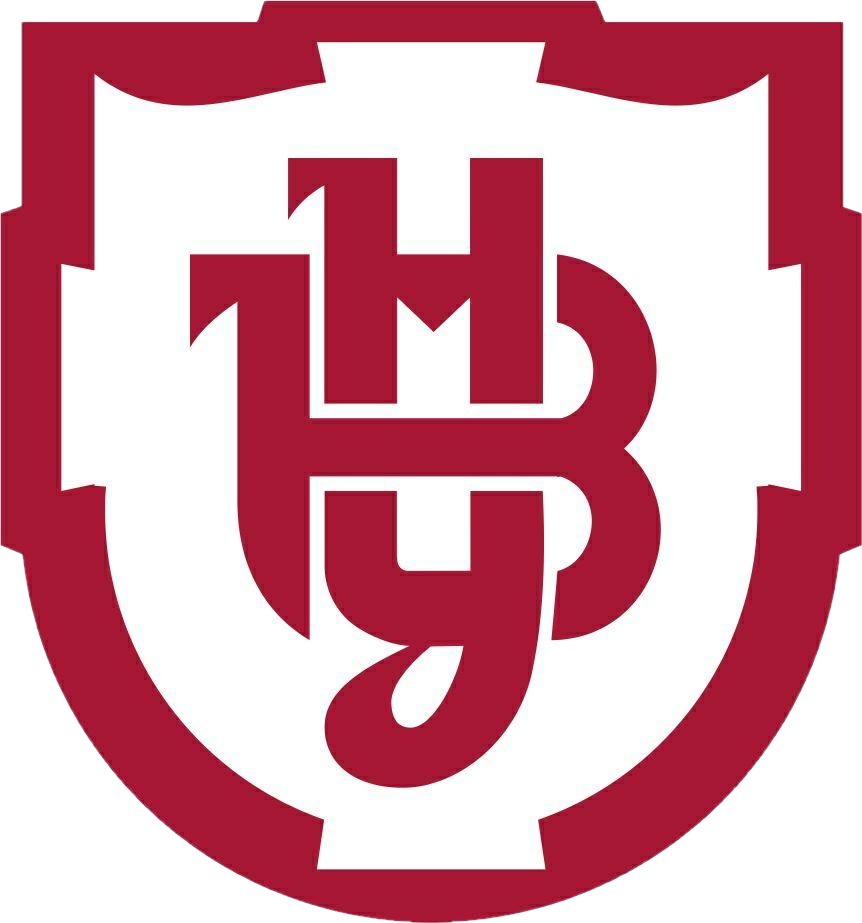DANCE IN THE RENAISSANCE ERA: SOCIOCULTURAL ANALYSIS
DOI:
https://doi.org/10.32782/facs-2025-2-32Keywords:
dance, Renaissance, sociocultural analytics, choreology, humanistic ideal, choreographic technique, sociocultural functions of danceAbstract
It was in the Renaissance that the formation of professional choreography began, and the socio-cultural functions of dance significantly changed. The analysis of these aspects will help to better understand not only the features of the historical development of the European choreographic tradition, but also the specifics of contemporary dance art.The purpose of the article is a sociocultural analysis of the features of dance in the Renaissance and its influence on the further development of European choreographic culture.The research methodology is based on an interdisciplinary synthesis of socio-cultural analytics and choreological art criticism approach. Historical, comparative, structural-functional methods were also used.Scientific novelty. The features of dance in the Renaissance era are studied in the context of the interaction of the main components of Renaissance culture in their relationships with music, fine arts and architecture; the influences of ideological, aesthetic, and social factors on its development are determined; the evolution of the sociocultural functions of Renaissance dance and its influence on the further development of European choreography are traced.Conclusions. In the Renaissance era, important trends were initiated that determined the development of choreographic culture in subsequent centuries – the formation of ballroom vocabulary, the complication of choreographic technique, the final separation of folk and aristocratic dance, the development of dance theory and choreographic teaching methods. In the area of Western Europe, unified dance canons were formed and the trend of internationalization of ballroom choreography deepened. If in previous historical eras the dominant sociocultural function of dance were ritual and religious, then, starting from the Renaissance, aesthetic, ideological and socially-representative functions became priority. Ballroom dance acquired a special status, transmitting humanistic values, secular ideals and visual- aesthetic tastes, playing an important role in upbringing, education and ceremonial etiquette, serving as a social marker of belonging to the elite.
References
Вороновська O. Танцювальна культура Відродження. Музичне мистецтво і культура. 2014. Вип. 19. С. 101–112.
Крись А. Генеза та розвиток сценічного бального танцю (VІІІ ст. до н.е. – ХVІ ст. н.е.). Вісник Національної академії керівних кадрів культури і мистецтв. 2020. № 2. С. 151–156. DOI: https://doi.org/10.32461/2226-3209.2.2020.220422
Реверанс-етимологія. Горох : словники української мови : веб-сайт. URL : https://goroh.pp.ua/Етимологія/ реверанс) (07.03.2025).
Храброва Ґ. Художня візія тілесності в епоху Відродження : аксіологія, семантика і провідні моделі репрезентації. Український шекспірівський портал : веб-сайт. 2017. URL : https://shakespeare.znu.edu.ua/hrabrova-g-hudozhnja-vizija-tilesnosti-v-epohu-vidrodzhennja-aksiologija-semantika-i-providni-modeli-reprezentacii-2/ (02.03.2025).
Шариков Д. Хореографія Ренесансу : майстри танцю, перший балет і танцювальна техніка. Актуальні питання гуманітарних наук. 2013. Вип. 6. С. 129–136
Arbeau Thoinot. Orchesography. / Transl. from French by Mary Stewart Evans. Great Britain : Dover, 1967. 266 p.
Brummel J. From Sin to Sensation : The Progression of Dance Music from the Medieval Period Through the Renaissance. The Research and Scholarship Symposium. 2016. URL : http://digitalcommons.cedarville.edu/research_scholarship _symposium/2016/podium_presentations/13 (12.02.2025).
Caroso, Fabritio. Il Ballarino (orig. publ. 1581). URL : https://jducoeur.org/IlBallarino/Book1/Bk1Index.html (28.12.2024).
Di Marco A. Diobono Pompeo. Dizionario Biografico degli Italiani. Vol. 40, 1991. URL : https://www.treccani.it/enciclopedia/pompeo-diobono_(Dizionario-Biografico) (08.01.2025).
Guglielmo Ebreo da Pesaro. On the practice or art of dancing (orig. publ. 1463) / Transl. from іtalian by Barbara Sparti. Oxford : Clarendon Press, 1993. 269 p.
Esses M. Dance and Instrumental Diferencias in Spain During the 16th and Early 18th Centuries : History and background, music and dance. New York : Pendragon Press, 1992. 881 р.
Hanson P. Renaissance clothing and sumptuary laws. Shakespeare and Renaissance England Resources. 2010. URL : http://www-personal.umd.umich.edu/~cfinlay/sumptuary.html (10.12.2024).
Nevile, Jennifer. The Eloquent Body: Dance and Humanist Culture in Fifteenth-Century Italy. Bloomington: Indiana University Press, 2004. 247 pp.
Nevile, Jennifer. Dance. Early Modern Court Culture. London: Routledge, 2021. рр. 478–493.
Renaissance Dance. An American Ballroom Companion: Dance Instruction Manuals, ca. 1490 to 1920. Library of Congress : веб-сайт. URL : https://www.loc.gov/collections/dance-instruction-manuals-from-1490-to-1920/articles-and-essays/western-social-dance-an-overview-of-the-collection/renaissance-dance/ (04.12.2024).
Renberg, Lynneth Miller. From Pulpit to Parish: Preaching Dance and Parish Dances in England and Scandinavia, 1300–1700. Journal of the Northern Renaissance. 2023. https://jnr2.hcommons.org/2023/7677/ (11.02.2025).
Renberg, Lynneth Miller. Women, Dance and Parish Religion in England, 1300–1640. Boydell & Brewer, 2022.
Sachs C. World History of the Dance. New York W.W. Norton, 1963. 516 p.
Sim C. Renaissance court Dance in italy and France. Dancetime Publications. URL : https://dancetimepublications.com/wp-content/uploads/2011/02/REVISED (19.12.2024).
The first dancing master’s manual : Domenico da Piacenza and the art of dance. Early Music Muse. URL : https://earlymusicmuse.com/domenico-da-piacenza/ (15.12.2024).
Franko, Mark. (2022). The Dancing Body in Renaissance Choreography. Kinetic Theatricality and Social Interaction. Anthem Press , 2022. 160 рр.
Wittmer B. Partner dancing: A proposal for a dialog. Expanding the possibilities. Rio de Janeiro, 2017. 25 p.







